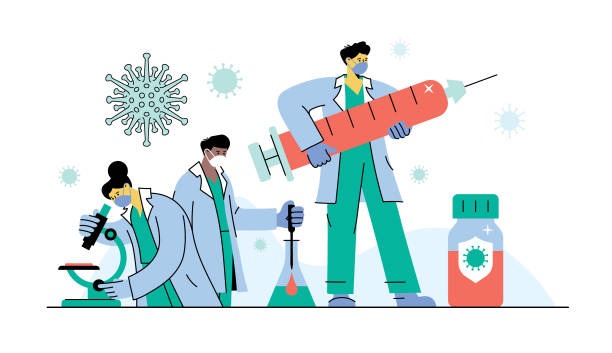Filters for Recording Incidents in OSHA Logs
The Occupational Safety and Health Administration (OSHA) is the agency responsible for ensuring safety and health at work in the United States. To do this, it requires employers to record workplace incidents and submit periodic reports. However, this recording system is not without problems, as there are filters that can hinder the reporting of incidents and cause the loss of valuable data.
OSHA: between bureaucracy and data loss
Accuracy in workplace incident reporting is of utmost importance for several reasons
Filters in incident recording
Restrictive definitions: The definitions of "injury" or "illness" used by OSHA can be too restrictive, leading to some incidents not being considered as such and not being recorded.
Lack of training: Many employers and workers lack adequate training to correctly identify and record workplace incidents. This can lead to the omission of relevant information or the misclassification of incidents.
Fear of retaliation: Some workers may be afraid to report incidents for fear of retaliation from their employers. This may be especially true in precarious work environments or with high staff turnover.
Pressure not to report: In some cases, employers may pressure workers not to report incidents or to downplay them. This may be motivated by a desire to avoid sanctions or to maintain a positive image of the company.
Loss of data in official records
These filters can have serious consequences for epidemiological surveillance and prevention of occupational risks. Loss of data in official records can lead to:
Underestimation of the incidence of incidents: Failure to record incidents can lead to an underestimation of the true incidence of occupational injuries and illnesses. This can make it difficult to identify trends and patterns, as well as to implement appropriate preventive measures.
Difficulty identifying risks: Lack of information on workplace incidents can make it difficult to identify risks and hazards in the workplace. This can prevent action from being taken to prevent future incidents.
Ineffectiveness of inspections: OSHA inspectors may rely on official records to plan their inspections. If these records are incomplete or inaccurate, inspections may be less effective and fail to detect true workplace hazards.
A call to action
It is critical that action be taken to improve OSHA's incident recording system and prevent the loss of valuable data. This includes:
Reviewing and updating definitions: The definitions of "injury" or "illness" used by OSHA need to be reviewed and updated to ensure that they are broad enough to cover all relevant incidents.
Improving training: Improving training for employers and workers on how to properly identify and record workplace incidents is critical.
Protecting whistleblowers: Workers who report incidents need to be protected from retaliation by their employers.
Promote transparency: It is important to promote transparency in recording incidents and ensure that workers have access to information about risks in their workplace.
Worker Safety: Accurate incident information helps identify workplace hazards and risks, which in turn helps implement effective preventative measures to protect workers from future accidents and illnesses.
Regulatory Compliance: Accurate reporting is essential to comply with workplace safety and health regulations, such as those set by OSHA. Failure to comply with these regulations can result in penalties and fines for employers.
Trend Analysis: Accurate workplace incident data helps analyze trends and patterns, which can help identify areas where workplace safety and health improvements are needed.
Incident Investigation: Accurate information is critical to conducting thorough workplace incident investigations, which can help determine root causes and prevent similar incidents in the future.
Continuous Improvement: Accurate workplace incident reporting is a key component to continuous workplace safety and health improvement. By analyzing accurate data, employers can identify areas of opportunity and take steps to reduce risks and protect their workers.
Temas relacionados:
También te puede interesar
Esta web se reserva el derecho de suprimir, por cualquier razón y sin previo aviso, cualquier contenido generado en los espacios de participación en caso de que los mensajes incluyan insultos, mensajes racistas, sexistas... Tampoco se permitirán los ataques personales ni los comentarios que insistan en boicotear la labor informativa de la web, ni todos aquellos mensajes no relacionados con la noticia que se esté comentando. De no respetarse estas mínimas normas de participación este medio se verá obligado a prescindir de este foro, lamentándolo sinceramente por todos cuantos intervienen y hacen en todo momento un uso absolutamente cívico y respetuoso de la libertad de expresión.
No hay opiniones. Sé el primero en escribir.









